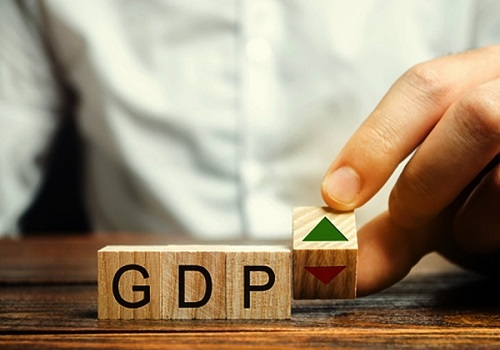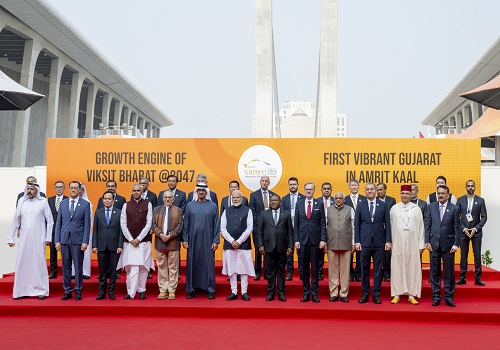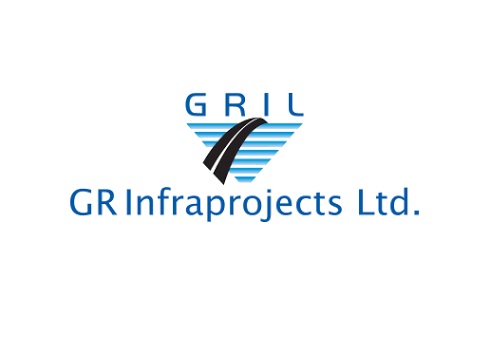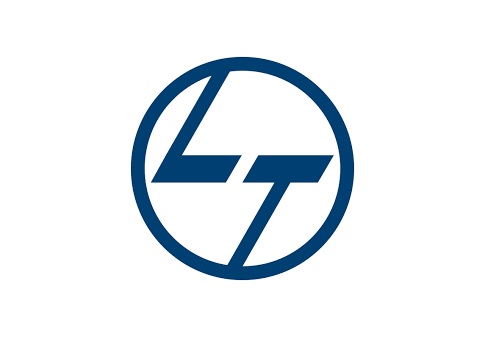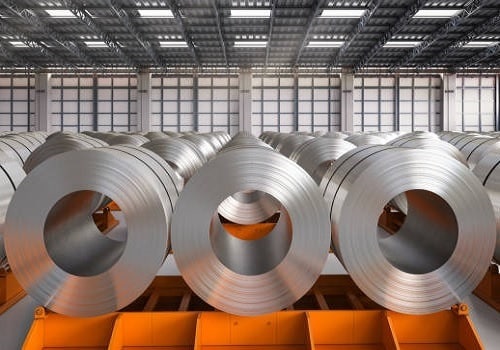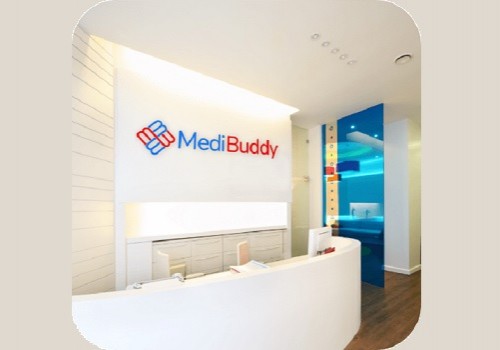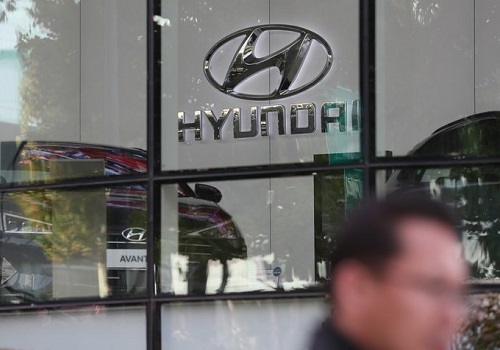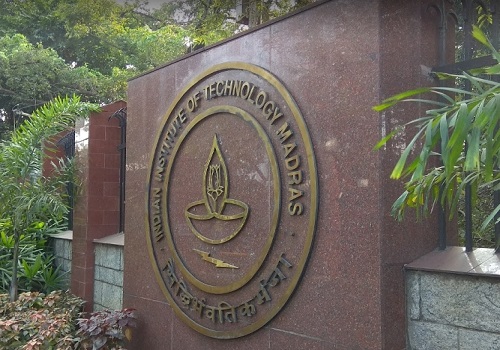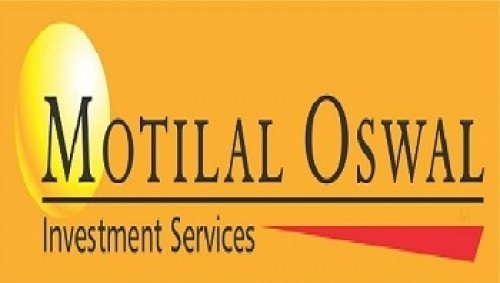Early Q2FY22 corporate updates confirm resilient high frequency macro indicators - ICICI Securities
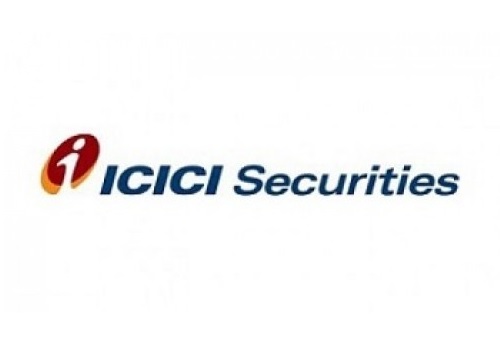
Follow us Now on Telegram ! Get daily 10 - 12 important updates on Business, Finance and Investment. Join our Telegram Channel
* Initial business updates for Q2FY22 by some large and mid-corporates representing the organised sector from diverse parts of the economy such as discount retail (Avenue Supermarts – 46.6% revenue growth), high-end jewellery and discretionary retail (Titan – 78% revenue growth YoY), real estate (strong sales by Sobha, Macrotech Developers and Oberoi Realty), NBFC retail finance (Bajaj Finance – AUM up 22% YoY and 7% QoQ) and bank advances (QoQ AUM growth of 4.4%, 5.3% and 5.7% by HDFC Bank, IndusInd and YES Bank, respectively) indicate economic recovery continues. IT services growth continue to be steady as per TCS Q2 update.
* Q2 updates are largely in-line with macro data points already available for Q2FY22: High frequency macro indicators for Jul-Sep’21 quarter such as manufacturing PMI (avg. 53.8), services PMI (avg. 52.4), personal loan growth (12% YoY), GST collections (avg. Rs1.15trn), electricity production and core sector growth all pointed towards the expanding demand in the economy. Current account surplus for Q1 FY22 confirmed robust growth in IT services growth. On the flip side, weakness in demand is apparent from macro indicators such as auto sales and industry credit, which will show up in corporate results.
* Commodity prices cutting both ways – impact margins but boost prospects for ‘heavy weight’ capex in commodity sector: Rising commodity prices driven by rising demand and supply disruptions is a key macro data point that will impact input prices for most companies. On the flip side, it helps commodity producers in terms of better realisations but the bigger impact on the economy is that it has the potential to drive ‘capex heavy lifters’ to embark on the much-awaited capex cycle.
* Other factors also turning positive for the capex cycle apart from resilient commodity prices. The case for capex revival is strengthening further with real estate, government spending on infrastructure and energy investments showing promise of revival while digital economy continues to absorb strong investments. Anecdotal evidence indicates animal spirits are rising with listed private corporates announcing capex plans across sectors such as green energy, metals, hydrocarbons, cement, data center, real estate and textiles. As argued in our detailed note on capex environment (link), availability of internal financial resources for corporates expressed in terms of ‘OCF/capex’ has reached a twodecade high of 2.2x, while the environment for external financial resources is also extremely conducive (banking system liquidity in excess of Rs7trn and other sources of capital raise such as bond and equity market).
*Oil price spike beyond US$80/barrel is a key macro risk for Indian equities in terms of its impact on trade deficit and inflation. Risk is reflected in the INR depreciating by around 1.8% and bond yields rising by 13 bps over the past two weeks.
To Read Complete Report & Disclaimer Click Here
For More ICICI Securities Disclaimer https://www.icicisecurities.com/AboutUs.aspx?About=7
Above views are of the author and not of the website kindly read disclaimer













